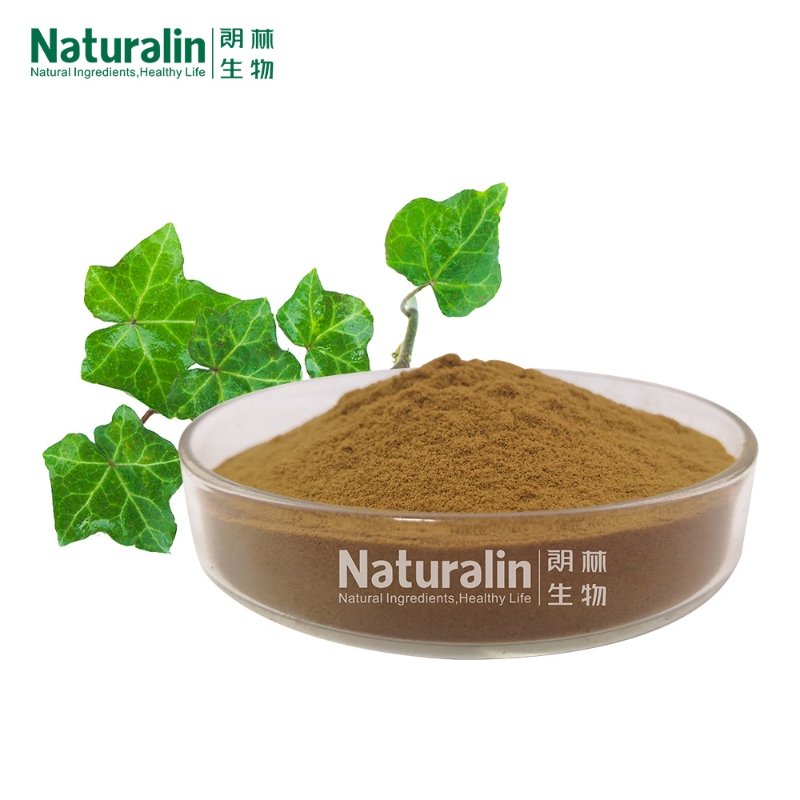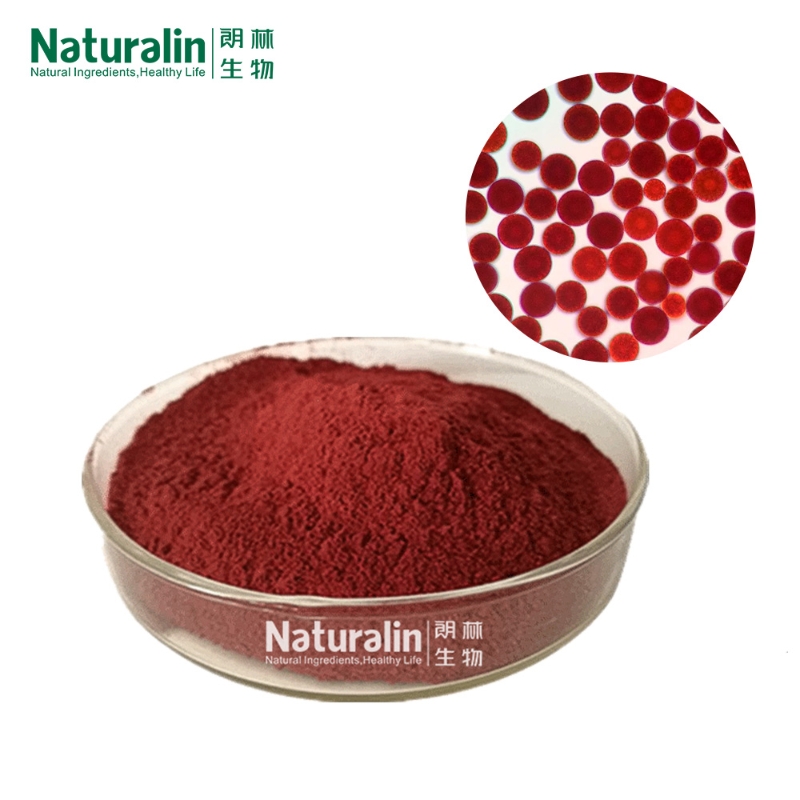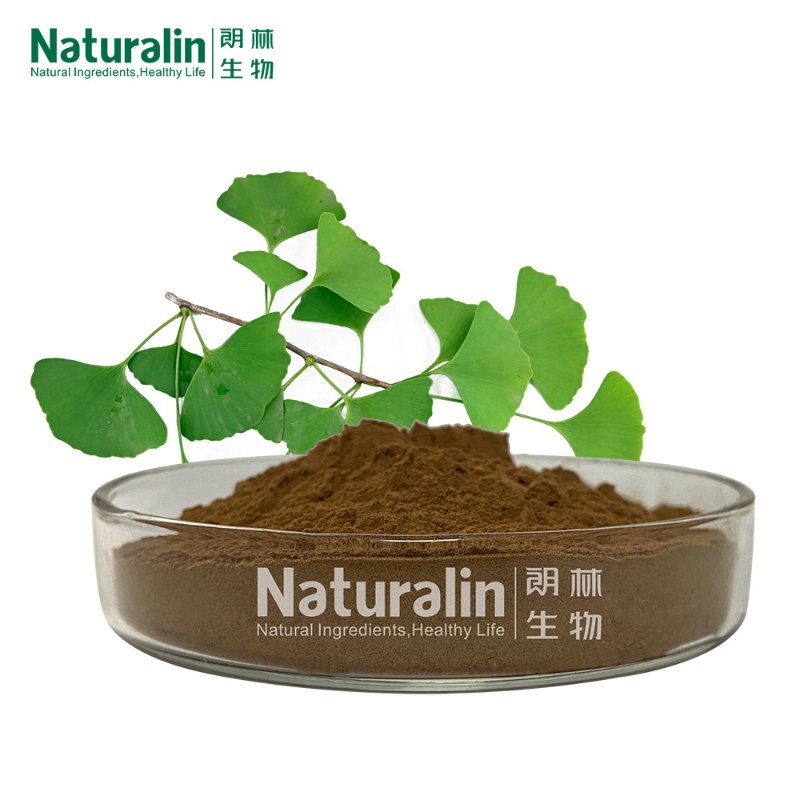Detailed explanation of the distribution of "wild" traditional Chinese medicine resources in China
-
Last Update: 2013-08-27
-
Source: Internet
-
Author: User
Search more information of high quality chemicals, good prices and reliable suppliers, visit
www.echemi.com
Zhejiang Province: wild medicinal materials are mainly contained in Tianmu Mountain, Yandang Mountain and Siming Mountain Areas, with 38% in Hangzhou, 11% in Lishui and 9% in Shaoxing There are many cultivated medicinal materials in the northeast of China, mainly concentrated in Jinqu basin, Hangjiahu Pingyuan and low mountains and hills in the east of Zhejiang Province, with a large output of 20% in Jinhua City, 16% in Jiaxing City, 11% in Shaoxing City and 9% in Dongyang City The bulk medicinal materials include the price of Fritillaria thunbergii, Atractylodes macrocephala, corydalis, chrysanthemum, Ophiopogon japonicus, Paeonia alba, cuttlebone, etc Anhui Province: there are many wild medicinal materials in the low hills and Dabie Mountains in southern Anhui Province, with a large reserves of Xuanzhou City of 26%, Anqing city of 19%, Chaohu region of 10%, Lu'an region of 10%, Chuxian region of 10%, Wuhu City of 10% The cultivated medicinal materials are concentrated in Huaibei plain, Fuyang area is the most, accounting for 60% of the province The bulk medicinal materials include Poria cocos price, white peony price, peony skin price, chrysanthemum price, papaya price, Platycodon price, isatis root price, aster price, pseudoginseng price, mingwudangshen price, Agkistrodon, centipede price, turtle shell price, etc Fujian Province: there are 25% of Sanming City, 17% of Ningde District, 13% of Jianyang District, 11% of Zhangzhou city and 12% of Longyan district with large reserves of wild herbs Most of the cultivated medicinal materials are concentrated in the southeast hilly areas, with a large output of 24% in Quanzhou, 30% in Zhangzhou and 9% in Jianyang The prices of bulk medicinal materials include Alisma orientalis, lotus seed, Prunus mume, Magnolia officinalis, Pseudostellaria, Andrographis, tangerine peel, oyster, etc Jiangxi Province: most of the wild herbs are distributed in Huaiyu mountain, Jinggang Mountain, Dageng mountain and other mountainous areas There are 29% in Shangrao, 24% in Jiujiang, 22% in Ganzhou and 11% in Ji'an Most of the cultivated medicinal materials are concentrated in the central plain and hilly area, with a large output of 26% in Jiujiang City, 23% in Yichun Area, 12% in Ji'an area and 11% in Fuzhou area The bulk of medicinal materials include the price of Fructus aurantii, Fructus Gardeniae, Fructus plantaginis, Elsholtzia, Vitex, Schizonepeta, peppermint, Bungarus, etc Shandong Province: there are more wild herbs in the central hilly area, with a large reserves of 27% in Linyi, 25% in Yantai and 18% in Zibo The cultivated medicinal materials are concentrated in Yimeng mountain area and Jiaodong Peninsula, with 40% in Linyi and 13% in Weifang Large medicinal materials include honeysuckle price, Radix Gleditsia, price of Trichosanthes, Trichosanthes Fructus, Fructus trifolii, jujube seed price, Bai Ziren price, Cyperus price, Polygala price, Scutellaria baicalensis price, Aristolochia, pig tooth soap price, scorpion price, toad venom, woodlouse bug price, seaweed price and so on Henan Province: Zhongtiao Mountain, Taihang Mountain, Tongbai mountain and Dabie Mountain are the most wild medicinal materials Sanmenxia City has 50%, Luoyang City 17% and Xinyang area 10% of the large reserves Most of the cultivated medicinal materials are concentrated in the alluvial plain of the Yellow River and Nanyang Basin, with a large output of 35% in Jiaozuo City, 15% in Nanyang area and 11% in Sanmenxia City, among which Jiaozuo City belongs to Wuzhi, Wenxian, Qinyang and Boai counties, which are the main production areas of the famous "four Huai medicine" Large quantities of medicinal herbs include Rehmannia glutinosa, the price of Achyranthes bidentata, the prices of yam, chrysanthemum, honeysuckle, Cornus, forsythia, Magnolia, Ranunculus ternate, safflower, bupleurum, Scorpio, woodlouse, and tortoise shells Hubei Province: there are many wild medicinal materials in Wudang Mountain, Tongqiao mountain, Wushan mountain and Dabie Mountain The reserves are 31% in Yunyang, 18% in Xiangfan and 14% in Western Hubei There are more cultivated medicinal materials in the middle and low basins, hills and plains, with 28% in the west of Hubei, 19% in Huanggang and 17% in Xiangfan The bulk medicinal materials include Poria cocos price, Coptis chinensis price, Magnolia officinalis price, Eucommia ulmoides price, angelica root price, Rhizoma Atractylodis price, Rhizoma Atractylodis price, Radix Scrophulariae price, Magnolia, tremella price, papaya price, Ophiopogon japonicus price, turtle armour price, black top snake and Agkistrodon, etc Hunan Province: there are many wild medicinal materials in Wuling Mountain Area in the west of Hunan Province, hills in the middle of Hunan Province and Nanling Mountain Area in the south of Hunan Province The large reserves are 18% in Xiangxi Prefecture, 13% in Dayong City, 13% in Shaoyang City, 10% in Changsha City and 9% in Lingling area There are more cultivated herbs in Dongting Lake Plain and both sides of Xuefeng mountain valley and mountains The annual output of Yiyang is 16%, Shaoyang is 16%, Huaihua is 17% and Yueyang is 11% The bulk medicinal materials include Atractylodes macrocephala price, Fructus aurantii price, Fructus Gardeniae price, honeysuckle price, Eucommia price, Magnolia officinalis price, Phellodendron amurense price, Poria cocos price, Scrophularia root price, Yuzhu price, lotus seed price, black snake, etc Guangdong Province: there are more wild medicinal materials in the mountain areas of northern Guangdong and western Guangdong, with 19% of Shaoguan, 17% of Zhaoqing and 17% of Qingyuan The cultivated medicinal materials are mostly concentrated in the tropical and subtropical areas south of Xijiang, with the annual output of 26% in Zhanjiang, 27% in Maoming and 12% in Zhaoqing The bulk medicinal materials are Amomum, Morinda, patchouli, tangerine peel, galangal, bergamot, Poria, yam, seahorse, cassia, coral, white snake and earthworm Price, etc Guangxi Autonomous Region: there are many wild medicinal materials in the West and northeast mountainous areas of Guangxi, including 26% in Baise, 23% in Guilin and 12% in Hechi The cultivated medicinal materials are mainly from the low mountains and hills in Southeast Guangxi, with the annual output of 39% in Qinzhou, 27% in Yulin and 19% in Wuzhou There are prices of Panax notoginseng, Siraitia grosvenorii, cinnamon, smallpox, yam, kudzu root, honeysuckle, Dendrobium, uncaria, benzoin, tulip, pearl, gecko, pangolin and so on Hainan Province: most of the wild medicinal materials are distributed in Wuzhishan area, with Baoting County as the largest reserve, accounting for 68% of the province Most of the cultivated medicinal materials are located in the flat area on the East and west sides of Wuzhishan mountain, which is the production base of imported south medicine in China The major production areas are Qionghai county 20%, Lingshui County 14%, Tunchang County 12% and Wanning county 10% The bulk medicinal materials include areca price, Yizhiren price, clove price, cardamom price, sandalwood price, pangdahai price, nanyugui price, nutmeg price, maple price, strychnos price, benzoin price, fairy price and patchouli price, etc Sichuan Province: there are more wild herbs in the Western Sichuan Plateau, with 31% in Aba Prefecture, 20% in Liangshan Prefecture and 14% in Ganzi Prefecture Most of the cultivated medicinal materials are in Sichuan Basin and surrounding mountainous areas, with the annual output of 11% in Chengdu, 11% in Daxian, 5% in Leshan, 7% in Mianyang and 6.5% in Dujiangyan The bulk medicinal materials include Coptis price, Ligusticum chuanxiong price, scallop price, mother price, aconite price, chuanniuxi price, Angelica dahurica price, Ophiopogon japonicus price, Paeonia Alba price, Atractylodes macrocephala price, yunmuxiang price, dangshen price, tulip price, Fructus aurantii price, Gastrodia elata price, Eucommia price, Cortex Phellodendri price, Magnolia officinalis price, Radix et al 。 Guizhou Province: there are 23% in Zunyi, 23% in Bijie, 14% in Anshun, 13% in Qiannan and 10% in Qiandongnan The annual output of cultivated medicinal materials is 33% in Qiandongnan, 22% in Zunyi and 23% in Bijie There are prices of Gastrodia elata, Eucommia ulmoides, Evodia rutaecarpa, asparagus, Baihe, Polygonum multiflorum, Tongcao, gallnut, lily, Nansha ginseng, Baibu, musk and pangolin Yunnan Province: there are more wild medicinal materials in Hengduanshan mountain and canyon in Northwest Yunnan and southwest plateau of town, 30% in Nujiang Prefecture, 16% in Lijiang district and 10% in Simao district The cultivated medicinal materials are distributed all over the province, with the annual output of 21% in Diqing, 11% in Wenshan, 11% in Lijiang, 9% in Kunming and 9% in Nujiang There are prices of Panax notoginseng, Amomum villosum, yunmuxiang, angelica, Coptis chinensis, Gastrodia elata, Poria cocos, catechu, betel nut, wood butterfly, leiwan, Polyporus cocos, musk and pangolin Tibet Autonomous Region: the wild medicinal materials are mainly distributed in the Lancang River and the upper reaches of Nujiang River in Maodong and the high mountain and gorge areas in the Yarlung Zangbo River Basin in southern Tibet The large reserves are 54% in Changdu, 29% in Naqu and 10% in Shannan Due to various conditions, artificial cultivation has not been carried out There are only 40 kinds of medicinal materials purchased and managed, among which the large quantities are the price of scallop, Cordyceps sinensis, Gentiana, Gentiana, musk, antler and scorpion Shaanxi Province: the wild medicinal materials are mainly distributed in Qinba mountain area and the Loess Plateau in the north of Shaanxi Province The reserves are 26% in Shangluo area, 16% in Yan'an area, 15% in Yulin area and 10% in Baoji City There are more cultivated medicinal materials in Qinba mountain area and Weihe plain, and 36% in Hanzhong, 13% in Weinan and 9% in Baoji The bulk medicinal materials include Eucommia price, Gastrodia price, dangshen price, aconite price, shayuanzi price, Astragalus price, liquorice price, forsythia price, Yuanzhi price, Polyporus price, musk and scorpion price, etc Gansu Province: there are 18% in Wuwei, 16% in Dingxi, 12% in Jiuquan and 11% in Longnan Most of the cultivated herbs are concentrated in Longnan area The bulk medicinal materials include Angelica price, dangshen price, rhubarb price, liquorice price, Gentiana straminea price, Qiang live price, winter flower price, Yuanzhi price, red peony price, Polyporus price, musk and deer antler price, etc Qinghai Province: there are more wild medicinal materials in the southeast of the upper reaches of the Yellow River, with a large reserves of 64% in Hainan, 10% in Huangnan and 10% in Guoluo Most of the cultivated medicinal materials are concentrated in the eastern agricultural areas, and the annual output is 40% in Haidong and 38% in Hainan Large quantities of medicinal materials include rhubarb price, scallop price, licorice price, ephedra price, notopterygium root price, Gentiana macrophylla price, Cordyceps sinensis price, cortex Rehmanniae price, Lycium barbarum price, musk, etc Ningxia Autonomous Region: Yinnan region has the largest reserves of wild medicinal materials, accounting for 90%, with the price of liquorice and ephedra as the main production areas Most of the cultivated medicinal materials are concentrated in the southern two areas, that is, 49% in Guyuan area and 36% in Yinnan area A large number of medicinal materials are wolfberry price, licorice price, ephedra price, yinchaihu price, rhubarb price, dangshen price and Astragalus price Xinjiang Autonomous Region: there are large reserves of wild medicinal materials in Lvzhou around Tarim Basin, such as 31% in Bayingolin, 28% in Aksu and 12% in Kashi There are more cultivated medicinal materials in the north of Xinjiang, and the annual output is 28% in Bortala, 23% in Changji and 23% in Kashi The bulk medicinal materials include licorice price, Ibis price, Cistanche price, safflower price, Arnebia price, almond price, Suoyang price, Apocynum price, pilose antler price and antler price.
This article is an English version of an article which is originally in the Chinese language on echemi.com and is provided for information purposes only.
This website makes no representation or warranty of any kind, either expressed or implied, as to the accuracy, completeness ownership or reliability of
the article or any translations thereof. If you have any concerns or complaints relating to the article, please send an email, providing a detailed
description of the concern or complaint, to
service@echemi.com. A staff member will contact you within 5 working days. Once verified, infringing content
will be removed immediately.







